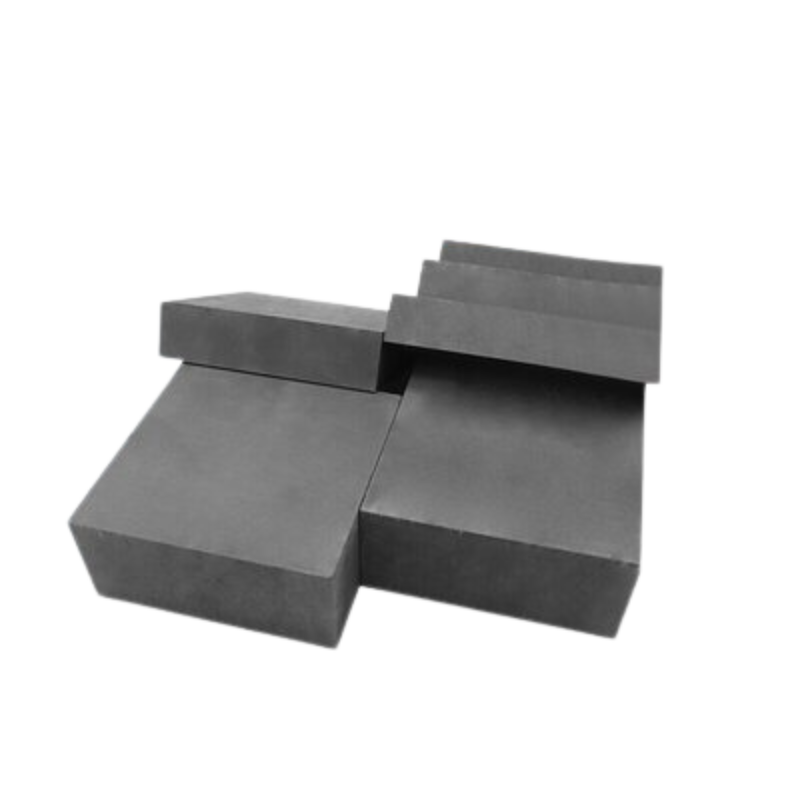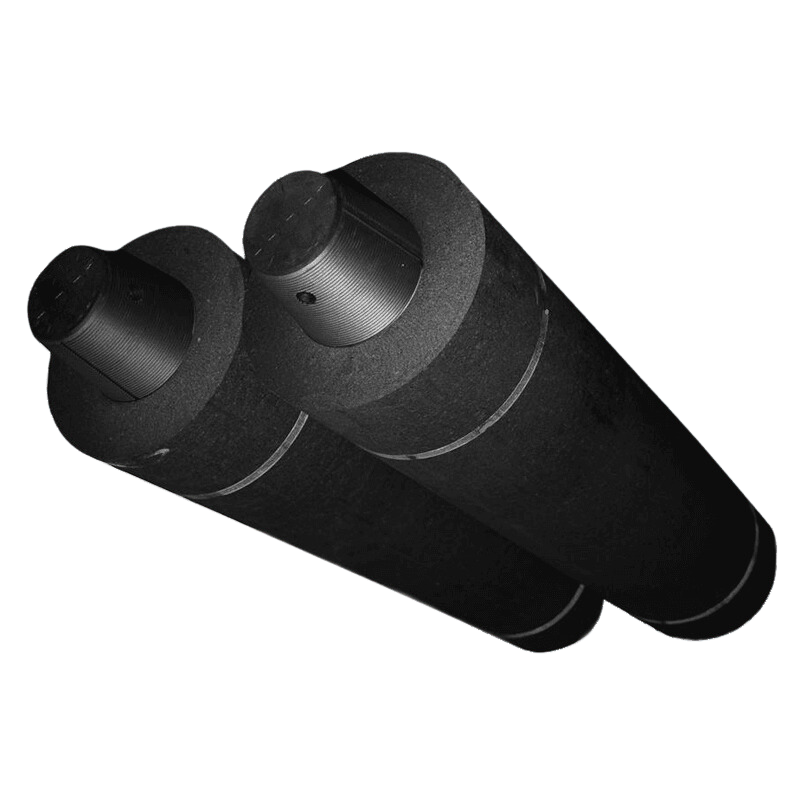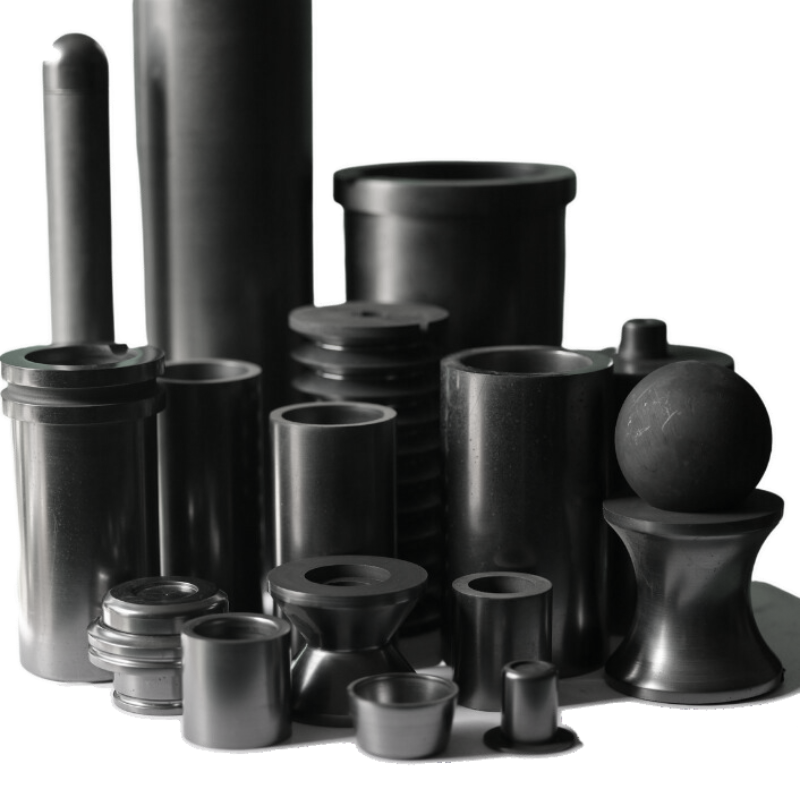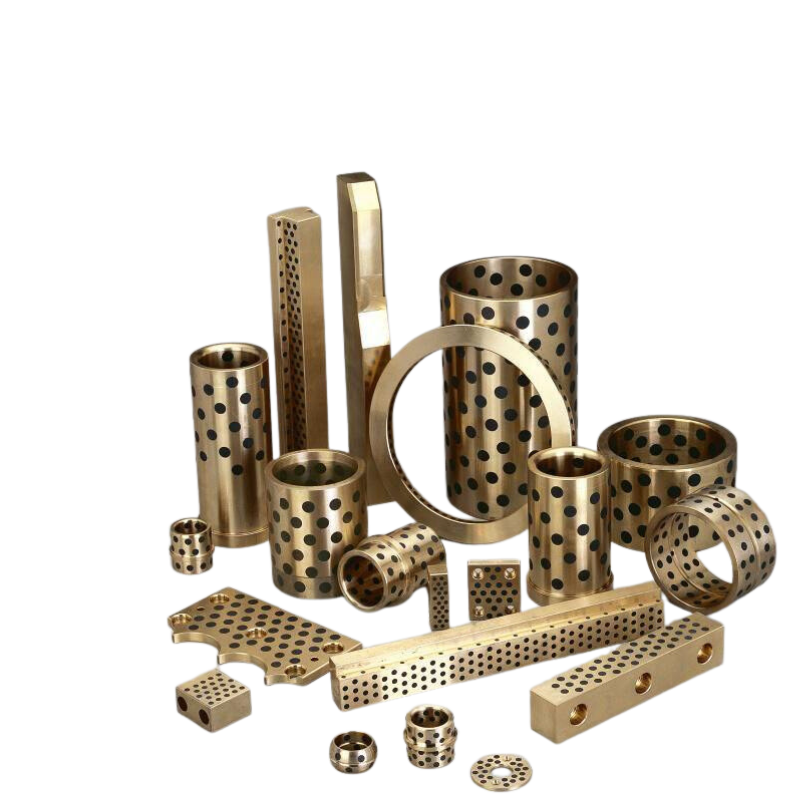- Graphite products have excellent adsorption properties.
The porous structure of carbon gives it excellent adsorption properties, which is why carbon is often used as an adsorption material for moisture, odors, and toxic substances. We have conducted experiments: although the graphite grilling plate used for barbecuing a few days ago looks very clean, when placed on an induction cooker and heated, the oil and harmful substances absorbed during the previous barbecue slowly seep out. However, there’s no need to worry, simply wipe it clean with a clean paper towel, and it can be used again.
- Graphite products have excellent thermal conductivity, heat up quickly, and distribute heat evenly, thus saving fuel.
Grilling plates and pots made of graphite heat up quickly and cook food evenly from the inside out in a short time. This not only ensures a pure taste but also locks in the food’s nutrients. We have conducted experiments: when using a graphite grilling plate to barbecue, the induction cooker set to high heat can preheat in just 20-30 seconds. When starting to cook the food, it only needs to be set to low heat, which is beneficial for saving energy.
- Graphite products have chemical stability and corrosion resistance.
At room temperature, graphite has excellent chemical stability and is not affected by any strong acids, bases, or organic solvents. Therefore, even with long-term use, graphite products experience minimal wear and tear and can look as good as new with just a wipe.
- Graphite products have strong anti-oxidation and reduction properties.
Products, especially graphite mattresses, can generate negative oxygen ions when heated, activating surrounding items, maintaining human health, effectively preventing aging, and keeping the skin radiant and elastic.
- Graphite products are environmentally friendly, healthy, non-radioactive, and heat-resistant.
Carbon must undergo a graphitization process at high temperatures between 2000-3300 degrees Celsius for at least several days and nights to become graphite. Hence, any toxic and harmful substances in graphite have long been released, making it stable at least below 2000 degrees Celsius.
News
The effects and advantages of graphite
Jul24,24





